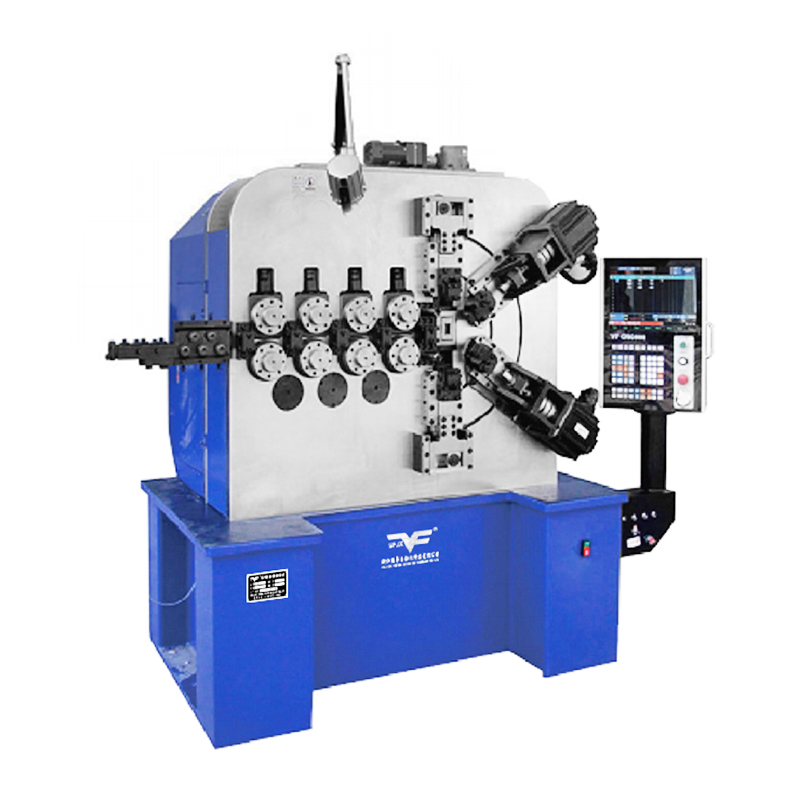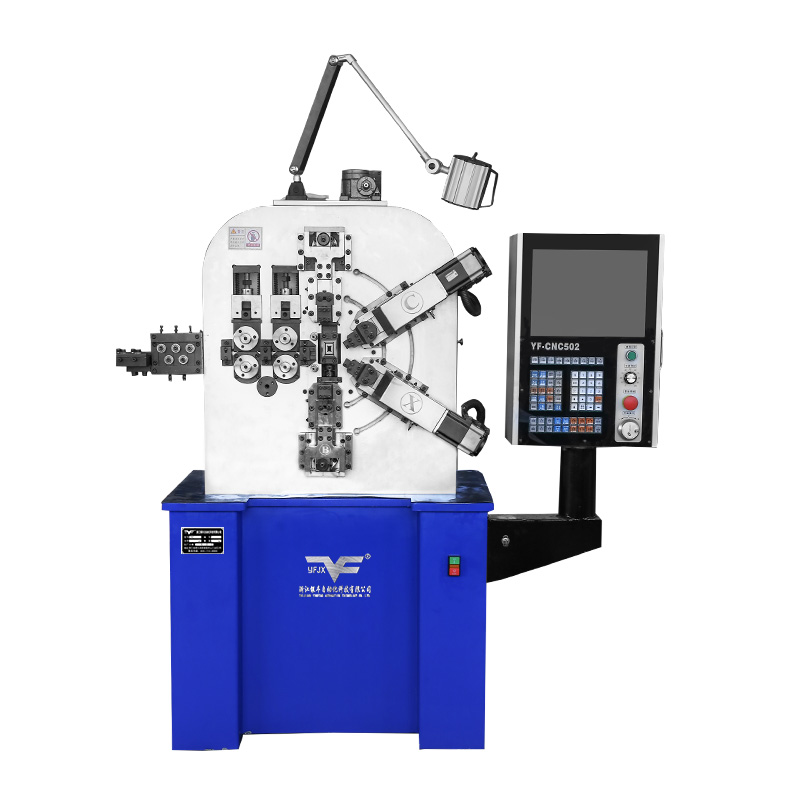What Are the Benefits of Integrating a 5 Axis CNC Machine for Complex Wire Shaping and Cutting?
Industry News-In the ever-evolving world of manufacturing, technological advancements are continually reshaping how industries approach production. Among these advancements, the integration of a 5 axis CNC machine into the process of wire shaping and cutting represents a significant leap forward. This development not only enhances precision and efficiency but also opens new possibilities for complex designs and applications.
At the heart of this transformation is the 5 axis CNC machine, a marvel of modern engineering that significantly improves upon traditional CNC technology. Unlike its 3 axis counterparts, which operate along the X, Y, and Z axes, a 5 axis CNC machine includes two additional rotational axes. This allows the machine to approach the workpiece from virtually any angle, enabling more intricate wire shaping and cutting operations that were previously unattainable.
One of the primary benefits of integrating a 5 axis CNC machine into wire shaping is its ability to perform complex cuts with high quality precision. Traditional wire shaping machines often require multiple setups and repositioning to achieve the desired cuts, which can introduce errors and inconsistencies. In contrast, a 5 axis CNC machine can handle these tasks in a single continuous operation. This not only reduces the likelihood of errors but also speeds up the production process, cause increased efficiency and cost savings.
CNC machine automation is another crucial advantage that comes with the integration of a 5 axis CNC machine. Automation streamlines the wire shaping process, reducing the need for manual intervention and allowing for consistent, repeatable results. This is particularly beneficial in industries where high volumes of complex parts are required, such as aerospace and automotive manufacturing. Automated CNC machines can work around the clock, providing continuous production with minimal downtime and ensuring that parts meet stringent quality standards.
Moreover, the flexibility of a 5 axis CNC machine makes it ideal for handling a wide variety of wire shapes and sizes. Traditional machines may be limited in their ability to accommodate different geometries, but a 5 axis CNC machine can easily adapt to complex wire profiles and intricate cutting patterns. This versatility opens up new possibilities for designers and engineers, allowing them to push the boundaries of what is possible in wire shaping and cutting.
The integration of a 5 axis CNC machine also enhances the overall quality of the final product. With its advanced capabilities, the machine can achieve tighter tolerances and smoother finishes compared to conventional methods. This is particularly important in applications where precision is critical, such as in the production of high-performance components or intricate assemblies. The improved quality of the finished parts not only boosts performance but also reduces the need for secondary finishing processes, further enhancing efficiency.
Another significant benefit of using a 5 axis CNC machine in wire shaping is its ability to handle complex geometries without the need for extensive tooling changes. Traditional machines often require different tools or fixtures for various cuts, which can be time-consuming and costly. A 5 axis CNC machine, however, can perform multiple operations with a single setup, minimizing tool changes and reducing setup times. This streamlined approach not only improves productivity but also decreases the likelihood of errors associated with multiple setups.
In addition to these practical benefits, the integration of a 5 axis CNC machine can also contribute to a more sustainable manufacturing process. By improving efficiency and reducing material waste through precise cutting and shaping, this advanced technology supports environmentally friendly production practices. As industries increasingly focus on sustainability, the adoption of such technologies aligns with broader goals of reducing environmental impact and promoting resource conservation.

 English
English русский
русский Español
Español 简体中文
简体中文








